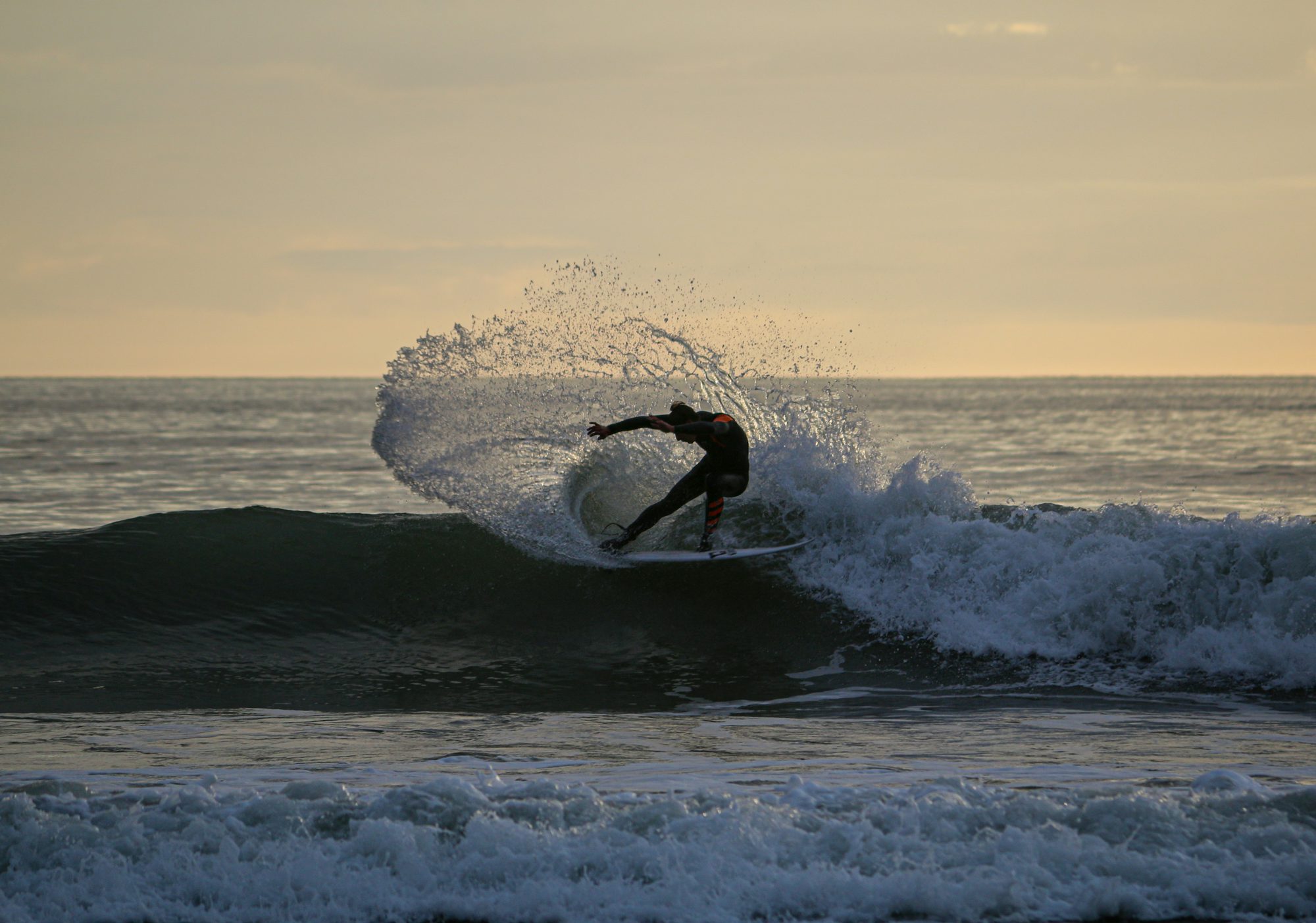
Shortboarding is perhaps the most recognized form of surfing. Characterized by its smaller, thinner boards—typically between 5 and 7 feet in length—shortboarding allows for rapid movement and intricate maneuvers. This style is known for its high-energy performance, where surfers execute sharp turns, aerial tricks, and quick transitions on the face of the wave. The thrill of shortboarding lies in its intensity; each ride is a chance to push personal boundaries and explore new techniques. Competitions often highlight these skills, captivating audiences with displays of athleticism and creativity. The culture surrounding shortboarding encourages surfers to innovate and express themselves through their unique style, creating a dynamic atmosphere of camaraderie and competition.
In contrast to the adrenaline-fueled nature of shortboarding, longboarding offers a more graceful and relaxed approach to surfing. Longboards, generally measuring 9 feet or longer, provide stability and allow surfers to embrace a more fluid style of riding. Longboarders often perform classic maneuvers such as noseriding—walking to the front of the board—and cross-stepping, where they shift their weight elegantly from one foot to the other. This style encourages surfers to connect with the rhythm of the wave, focusing on smooth movements rather than rapid-fire tricks. The nostalgic aspect of longboarding celebrates the roots of surfing, reminiscent of the sport's early days. It fosters a sense of appreciation for the ocean and encourages surfers to enjoy the ride while experiencing the beauty of their surroundings.
For those who crave excitement and challenge, big wave surfing represents the pinnacle of the sport. Surfers who tackle waves that reach heights of 20 feet or more often find themselves at renowned surf spots like Hawaii’s North Shore and California’s Mavericks. Big wave surfing requires not only exceptional skill but also an understanding of the ocean’s power and dynamics. Many big wave surfers utilize tow-in surfing techniques, where they are towed into the waves by personal watercraft, allowing them to catch swells that would be impossible to paddle into. The adrenaline rush of riding a massive wave is unparalleled, offering an extraordinary sense of accomplishment and connection to nature. This discipline embodies the spirit of adventure and resilience, inspiring many surfers to push their limits.
Stand-Up Paddleboarding (SUP) has gained popularity as an accessible and versatile way to engage with water sports. In this style, participants stand on larger boards and use paddles to navigate through various conditions. SUP can be enjoyed on flat water, rivers, or in small surf, making it an inclusive option for all skill levels. One of the most appealing aspects of SUP is its community-oriented nature. Group paddles and social events allow enthusiasts to come together, fostering friendships and shared experiences on the water. SUP also promotes fitness and well-being; many practitioners incorporate yoga and mindfulness practices into their routines, enhancing their connection to nature while promoting a sense of tranquility.
Bodyboarding offers another exciting avenue for experiencing the ocean, making it especially popular among beginners and young surfers. Bodyboarders ride smaller, rectangular foam boards while lying on their bellies or knees, allowing for immediate enjoyment of wave riding. This style encourages creativity, as riders can perform spins, rolls, and aerial tricks close to the shore. The forgiving nature of bodyboarding makes it accessible for newcomers, building confidence and skills without the steep learning curve often associated with traditional surfing. Bodyboarding fosters a fun and relaxed atmosphere, where surfers of all ages can come together to enjoy the waves and the beach culture.
Tandem surfing adds a unique twist to traditional surfing, where two surfers ride a single board together. This style requires strong teamwork and communication, as one surfer steers while the other performs various lifts and tricks. Tandem surfing showcases the synergy between partners, celebrating their connection and ability to work together harmoniously. This approach not only emphasizes individual skills but also promotes collaboration, creating memorable experiences that deepen relationships. Couples and friends often find that tandem surfing enhances their bond, making it a special way to share their love for the ocean and the sport.
Skimboarding offers a different kind of thrill, focusing on riding waves close to the shore. Skimboarders run towards incoming waves, dropping their boards onto the thin wash of water to ride back to the beach. This style requires quick reflexes, balance, and a good sense of timing, making it both challenging and exhilarating. The skimboarding community is vibrant, often gathering on the beach to showcase their skills and perform tricks. The friendly competition and camaraderie among skimboarders contribute to a lively beach culture, where participants can share tips and celebrate each other’s achievements.
Each of these surfing styles contributes to the rich tapestry of surf culture, promoting a shared appreciation for the ocean and the thrill of riding waves. Whether drawn to the adrenaline of shortboarding, the elegance of longboarding, the excitement of big wave surfing, or the community spirit of SUP and bodyboarding, surfers find joy in their chosen style. The connections forged within the surfing community—through shared experiences, stories, and a mutual love for the ocean—create bonds that last a lifetime.
In conclusion, surfing encompasses a diverse array of styles and techniques, each offering unique experiences and opportunities for adventure. From the competitive edge of shortboarding to the graceful art of longboarding, the thrilling challenge of big wave surfing, and the inclusive nature of SUP and bodyboarding, the world of surfing invites individuals to explore and connect with the ocean. As surfers continue to engage with the waves, they celebrate a culture that thrives on diversity, camaraderie, and the sheer joy of riding the surf.